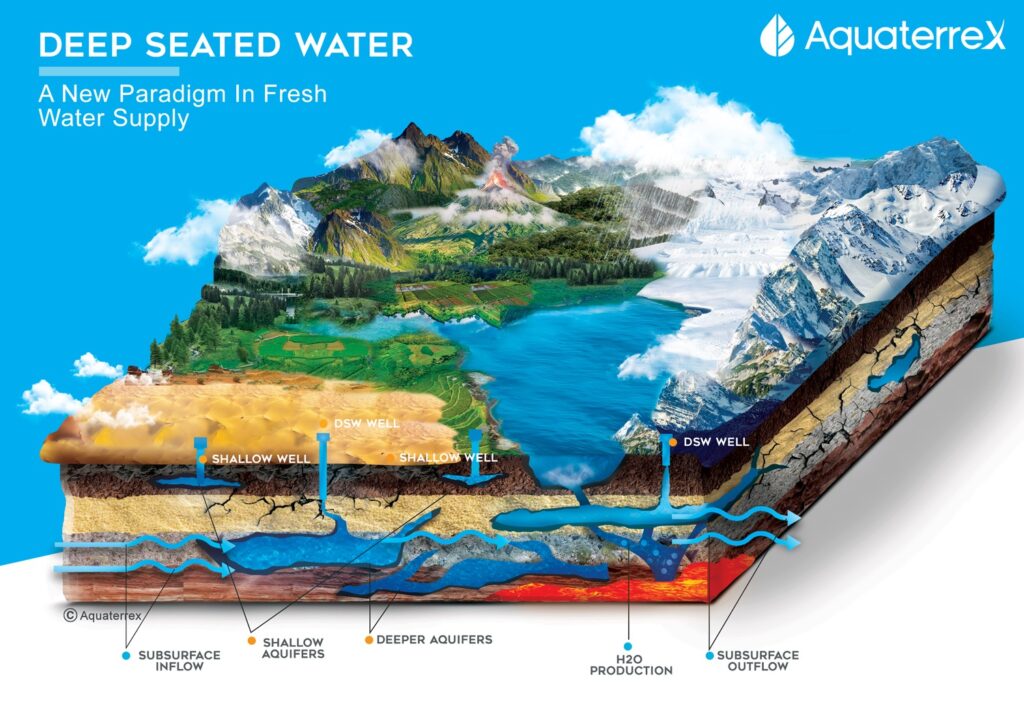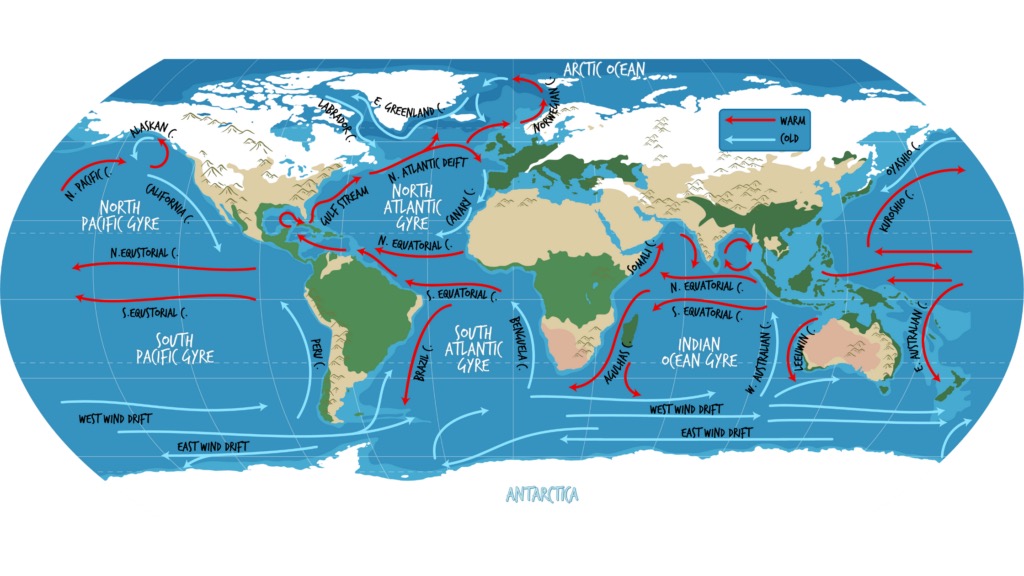Water is frequently thought of as a passive element, like something we swim in, drink, or attempt to avoid on rainy days. Nonetheless, one of the most potent and transforming elements on Earth is water. It is a dynamic and powerful force for change, impacting entire weather systems and sculpting deep canyons. The idea of “Liquid Earth” emphasizes how important water is in all its forms. It forms our landscapes, maintains ecosystems, and affects the climate. This post will examine the various ways in which water shapes the landscape, sustains ecosystems, and controls the planet’s temperature.
For millions of years, water has shaped Earth’s surface through processes such as erosion, transportation, and deposition. These natural forces constantly reshape landscapes and create new geological features. For example, the Grand Canyon stands as powerful evidence of water’s ability to sculpt the land, having been carved over millions of years by the Colorado River. Rivers slice through mountains, forming valleys, basins, and canyons, while glaciers are massive, slow-moving rivers of ice that grind down rock layers, producing fjords and U-shaped valleys. Even small, steady actions, such as raindrops striking rock, contribute to weathering, breaking down minerals and altering the planet’s surface over long periods. These visible transformations clearly show that water is an active and powerful agent of geological change, not just a passive element of the environment.

This image shows how earths hidden water cycles work, including how water moves through the air, ground and ocean. It helps explain the connection between underground water and the surface water we see everyday. https://aquaterrex.com/unveiling-the-hidden-water-cycles-of-earth/
Water is also essential to all forms of life and plays a central role in maintaining ecosystems. Every known living organism depends on water to survive.(Humans, animals, plants, earths surface, and etc.) It serves as the medium for biochemical reactions, enabling cells to transport nutrients, remove waste, and regulate body temperature. Aquatic environments, such as rivers, lakes, wetlands, and oceans, provide habitats for countless species, ranging from tiny plankton to large marine mammals. Water’s constant movement through the water cycle, including evaporation, condensation, and precipitation, ensures that freshwater supplies are renewed and distributed across the planet. Without this continuous recycling, most life on land would not be possible. Simply put, without water, Earth would be a dry, barren, and lifeless world.
Beyond shaping land and supporting life, water also regulates Earth’s climate and maintains environmental balance. The oceans absorb and store massive amounts of heat energy, helping to stabilize global temperatures and prevent extreme climate shifts. In the atmosphere, water vapor forms clouds that reflect sunlight back into space, while also trapping heat as a greenhouse gas, balancing Earth’s temperature. Large bodies of water, such as seas and lakes, moderate local climates, making coastal regions milder compared to inland areas. Changes in ocean temperature, such as those caused by El Niño and La Niña, can dramatically alter global weather patterns, influencing rainfall, storms, and droughts. Through all these processes, water connects local systems to global ones, forming a deeply interconnected network that sustains life and drives change on our planet.
In conclusion, water is a strong and intricate system that influences the Earth in a variety of ways, making it much more than just a simple resource. Water is a visible and unseen force that does everything from erode rock to sustain life and regulate the climate. “Liquid Earth” allows us to view our world as a dynamic, interdependent system in which water is the primary source of change rather than as a stationary landmass with oceans. As we approach global issues like water scarcity and climate change, it is crucial that we comprehend and fully appreciate the foundation and the assets that water brings.
Information about Earth’s water systems and geological processes was supported by resources from the U.S. Geological Survey (USGS) and National Geographic, which explain how erosion and the water cycle shape the planet over time. Details about water’s role in climate regulation were drawn from the National Oceanic and Atmospheric Administration (NOAA). The image used was sourced from Aquaterrex, “Unveiling the Hidden Water Cycles of Earth,” which explores how hidden water systems influence global environments.
